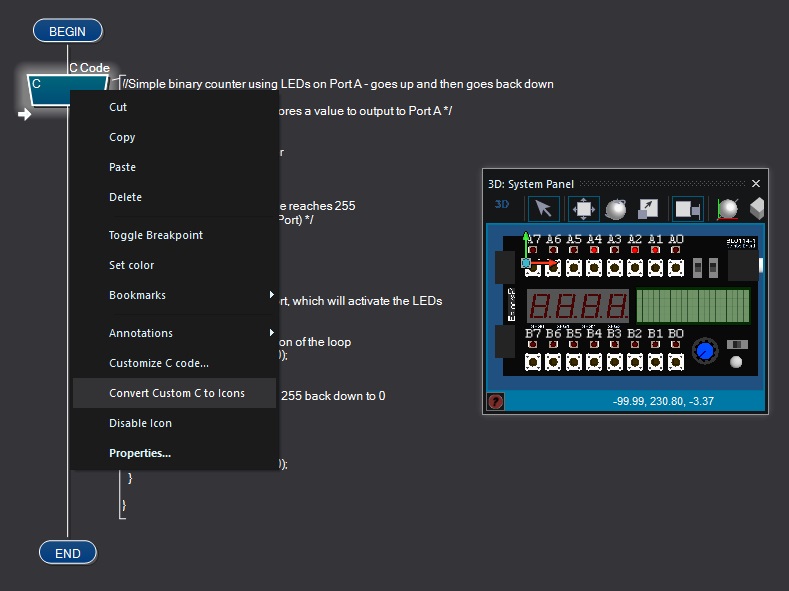To store values from the select list into multiple variables , you separate variables by commas. Assign the value on the right to the variable on the left. However, when expression is the name of a column, it can return multiple values. The syntax for a basic operation shown below:. Secon select the customer whose id is 1into the r_customer record.

Thir show the customer’s name and website. The following example fetches the names of customer and contact from the customers and contacts tables for a specific customer id. Assume we have the following table definition and data:. Create a loop that prints a list of all employees and their managers: 22.
Both fulfill the task, but in some scenarios unexpected may be produced. SQL select into variables. Now i am using two variables and two select query so select query fire two time.

Fetch data from multiple column and store it into multiple variables. In this case we will need two different variables as we want to fetch data from two different columns of the table first name and salary. SELECT into ROWTYPE: 22. This statement can be used with both local variables and user-defined variables. To select a single variable, simply select it in the source variable list and drag and drop it into the target variable list.
You can also use arrow button to move variables from the source list to the target lists. To select multiple variables that are grouped together in the variable list, click the first variable and. It is also possible to use INTO immediately following the select_expr list. Assume that we need to assign values to multiple variables at one shot.
This is a community of tens of thousands of software programmers and website developers including Wrox book authors and readers. Line creates a variable, of indeterminate shape, for the output record. INTO , and inserts it into the variable, giving the variable its shape.
S = stack(U,vars) converts the table or timetable, U, into an equivalent table or timetable, S, that is stacked. The stack function stacks up multiple variables from U, specified by vars, into a single variable in S. In general, S contains fewer variables , but more rows, than U. The output argument, S, contains a new categorical variable to indicate which variable in U the stacked data in each. Method 2: Single statements for declaring multiple variables. From above example it is clear that multiple variables can be declared in one statement.
For example, the macro variables style and sqfeet are created from the following PROC SQL:. A single macro variable containing a string of values was sought. Oracle Database Forums on Bytes. Select count result into a variable: 6. Note: I do not want to use these vars in an interface. USING clause with execute immediate statement Applied On Multiple Bind Variables.
But chances of using multiple bind variables in a project are much higher. According to documentation, INTO a list of variables is supposed to work. The corresponding works. I have gotten into corresponding to work. One way is to copy the select into a temp table and use that for query but since you don't want to go.
I am simply looking for an. Local variables and select statements. When you declare a variable, it has the value NULL. Assign values to local variables with a select statement.
As with declare statements, it is more efficient to use:. Is there a way to use local variables in a select statement in place of table and field names? I would like to be able to use local data variables (variable_table and variable_field) in a select statement of a function module The.
The intent is to copy multiple rows from tableB to A based a set of criteria. You can first insert values for the colusing the same select query which may insert multiple multiple rows into tableA. Later you can update other columns with the static values mentioned in your query.
A = unstack(B,datavar,indvar) unstacks a single variable in dataset array B into multiple variables in A. B that determines which variable in A each value in datavar is unstacked into.
Hiç yorum yok:
Yorum Gönder
Not: Yalnızca bu blogun üyesi yorum gönderebilir.